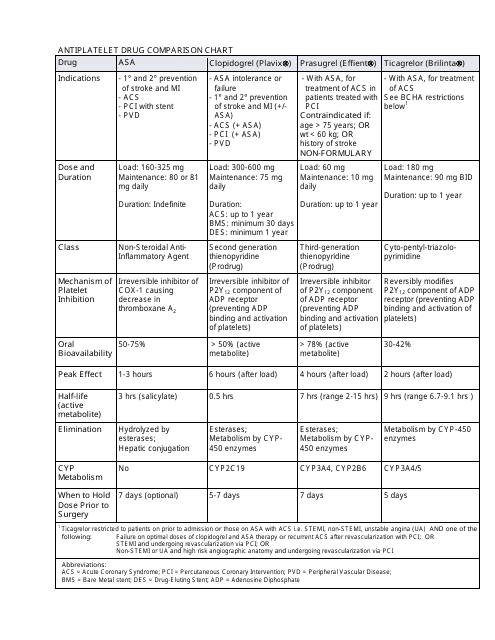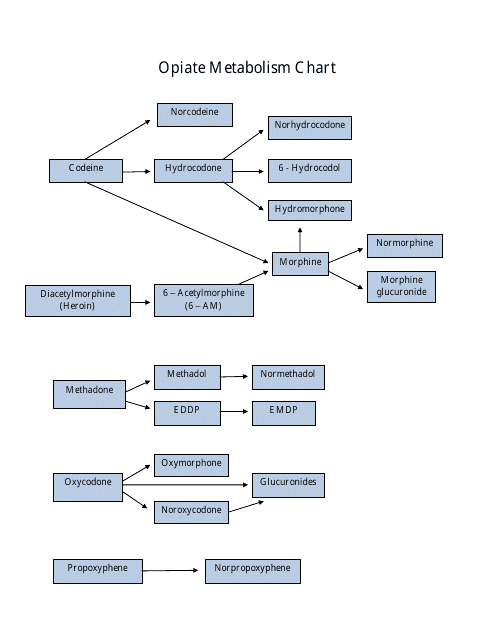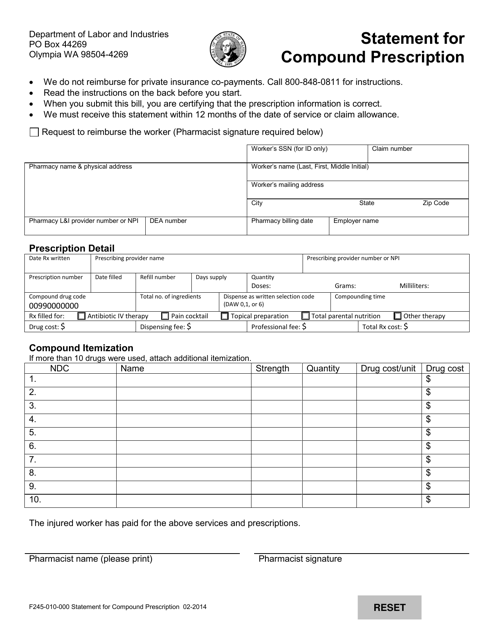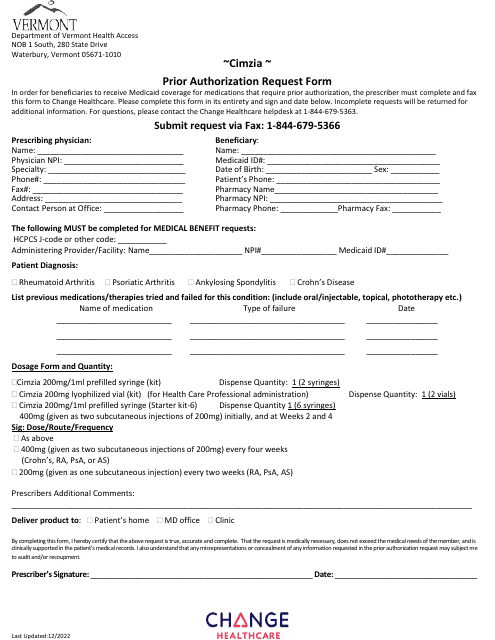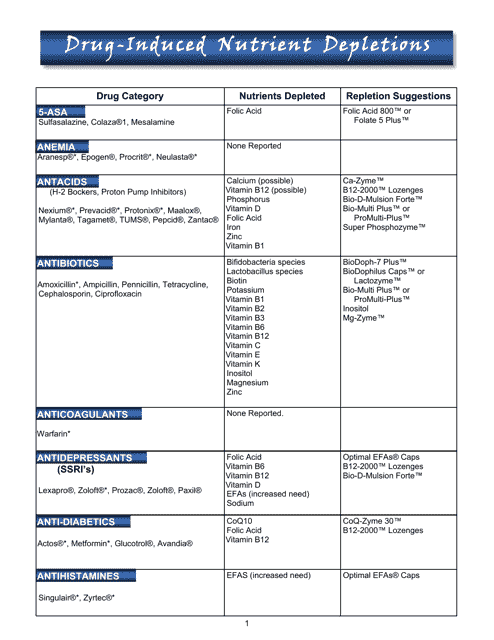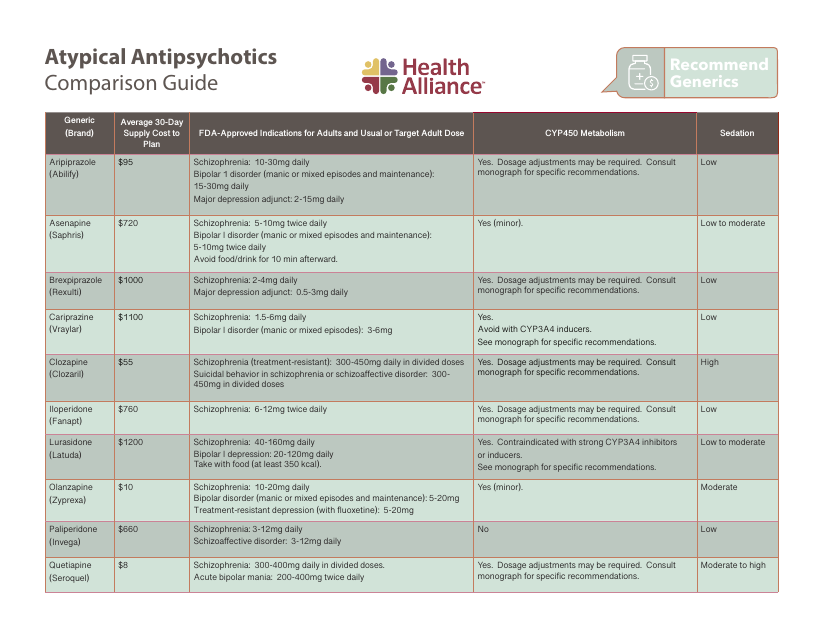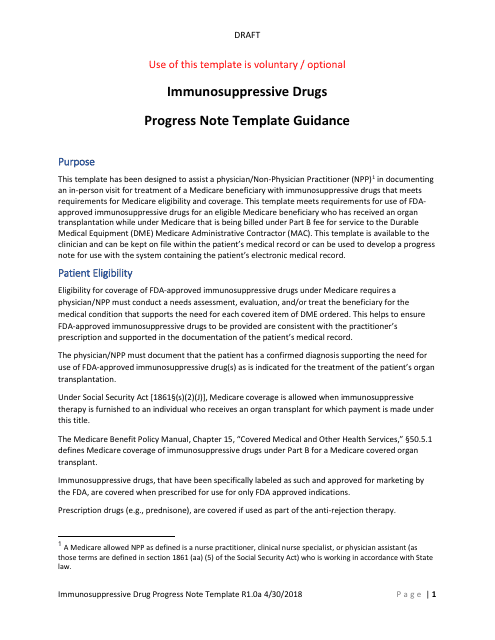Drug Interactions Templates
Are you concerned about the potential interactions between different medications? Look no further! Our comprehensive collection of drug interaction resources is here to help. With various charts and records at your disposal, you can easily navigate through the complex world of drug interactions.
Discover our Common Drugs & Their Antidotes Chart, which provides valuable information for medical professionals and nurses. It's a handy reference tool that helps you identify the antidotes for commonly used drugs, ensuring prompt and appropriate treatment.
For a more holistic view, explore our Good Hospital Drug Chart. This chart offers a comprehensive overview of various medications commonly prescribed in a hospital setting. It helps healthcare providers quickly access information about different drug interactions, including potential side effects and contraindications.
If you're concerned about how medications may affect your nutrient levels, our Drug-Induced Nutrient Depletion Chart is a must-have resource. It highlights potential nutrient deficiencies caused by certain medications, allowing you to take proactive steps to address them.
To keep track of your own medications, we offer the Personal Medication Record and Personal Medication List. These resources help you maintain a comprehensive list of all the medications you are taking, including dosages and frequency. They also serve as a useful reference during medical appointments, ensuring that healthcare professionals are aware of any potential drug interactions.
Whether you're a medical professional, caregiver, or an individual managing your own medications, our drug interaction resources are an invaluable asset. Don't leave your health to chance – stay informed and make informed decisions with our extensive collection of drug interaction charts and records.
Documents:
19
This document provides a comparison chart of different antiplatelet drugs commonly used in medical treatments. It includes information on their effectiveness, side effects, and dosing guidelines. Useful for healthcare professionals and patients who want to understand the differences between these medications.
This document provides a chart that lists common drugs and their corresponding antidotes, which can be useful for nurses and other healthcare professionals.
This document provides a chart that shows how opiates are metabolized in the body. It can be useful for understanding how different opiates are processed and eliminated.
This document is used for consultant pharmacists in New Jersey to complete the NJDMAVA Form 18.
This form is used for providing a statement for compound prescription in the state of Washington. It is required for compounds that are custom-made medications.
This document provides a description of the responsibilities and duties of a pharmacy technician. It outlines the tasks and skills required for this role in the healthcare industry.
This Form is used for submitting a prior authorization request for Cimzia medication in the state of Vermont.
This document provides a chart that lists the nutrient depletions caused by certain medications. It is useful for pharmacists and healthcare professionals to understand the potential dietary changes needed for patients taking these medications.
This document is a comprehensive chart that provides information about the drugs prescribed in hospitals. It includes details such as dosages, indications, and potential side effects for various medications. This chart is an invaluable tool for healthcare professionals in ensuring safe and effective treatment for patients.
This document provides a chart that shows how certain medications can deplete essential nutrients in the body. It helps individuals understand and manage potential nutrient deficiencies caused by prescribed drugs.
This document provides a chart that lists common drugs and the nutrients they may deplete in the body. It can be used as a reference guide to help identify potential nutrient deficiencies caused by medication use.
This document provides a chart that shows the nutrients that may be depleted by certain medications. These nutrient depletions can have an impact on your health and may require dietary adjustments or supplementation.
This guide provides a comparison of different atypical antipsychotic medications, helping users understand their differences and make informed decisions about their use.
This document provides information about drugs and their classification on the Anticholinergic Burden (Acb) Scale. The Acb Scale measures the potential effects of drugs on a person's cognitive function.
This document is for recording and tracking an individual's medication history, including dosage, frequency, and physician details, typically provided by Beaumont Hospitals. Its purpose is to ensure clear communication between healthcare providers and patients for safe and effective treatment.
This document lists medications that may defer individuals from donating blood. It provides information on which medications can temporarily prevent someone from donating.
This document is a personal medication list provided by Fresenius Medical Care. It helps individuals keep track of their medications and dosages. It is useful for managing and maintaining accurate medication information.
This document is designed for healthcare professionals to monitor and record the progress of patients undergoing treatment with immunosuppressive drugs, including changes in medication, symptoms, and patient responses.

